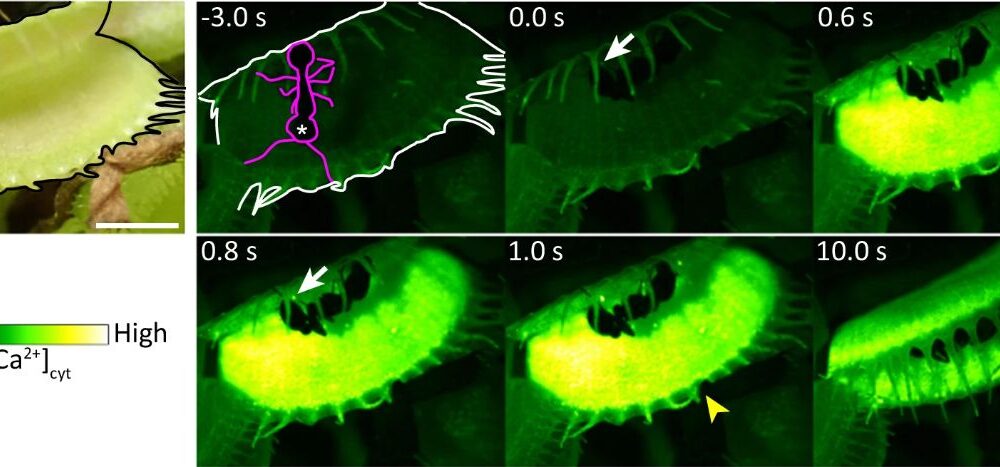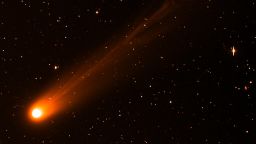The University of Hawaiʻi at Mānoa has become a key participant in a groundbreaking initiative worth $25.6 million, funded by the National Science Foundation (NSF). This project, named Sage Grande, aims to harness artificial intelligence (AI) to enhance environmental monitoring and expedite warnings for natural disasters, including wildfires, floods, and volcanic eruptions.
Under this initiative, 300 advanced sensor systems will be deployed across the United States. These sensors will enable real-time data analysis at the site of collection, significantly improving response times for communities facing environmental threats. With this technology, scientists, policymakers, and local residents can receive immediate updates on critical conditions, such as smoke from wildfires or unusual seismic activity.
Advancing Disaster Preparedness
Professor Jason Leigh, who leads the Laboratory for Advanced Visualization and Applications in the Department of Information and Computer Sciences at UH Mānoa, emphasized the project’s dual benefits. “By joining Sage Grande, UH is not only advancing disaster preparedness and environmental science but also giving our students hands-on experience with cutting-edge AI,” he stated.
The UH Mānoa team plans to install two to three sensors across the Hawaiian Islands next year, with specific locations yet to be determined. This collaboration includes several researchers from the university, namely Chris Shuler, Han Tseng, Anke Kügler, and Tom Giambelluca, all of whom are associated with the Water Resources Research Center at UH Mānoa.
Building on Existing Technology
The university’s involvement is not entirely new. Previously, UH Mānoa has conducted similar research at Hawaiʻi Volcanoes National Park, where a current-generation Sage sensor was utilized by students. This sensor has been instrumental in testing generative AI tools that analyze real-time data from Kīlauea, demonstrating the potential of AI to address fundamental questions, such as detecting volcanic eruptions.
On Maui, a comparable sensor has been installed in Lahaina, where it connects to the internet via satellite. This system is programmed to monitor air quality and assess fire risks in an area severely impacted by the 2023 wildfires. Funded by a separate NSF grant, the Lahaina project is also focused on gathering climate and pollution data, aiding recovery efforts while guiding future planning strategies.
Local students are actively involved in operating these instruments, gaining valuable training in both environmental science and advanced AI techniques. This educational aspect not only enhances their skill sets but also fosters a sense of community engagement in environmental monitoring.
In summary, the University of Hawaiʻi at Mānoa’s participation in the Sage Grande project marks a significant step forward in utilizing AI for environmental protection and disaster readiness. With its innovative approach, this initiative promises to provide essential data to safeguard communities against the growing threats posed by natural disasters.







